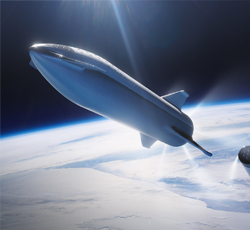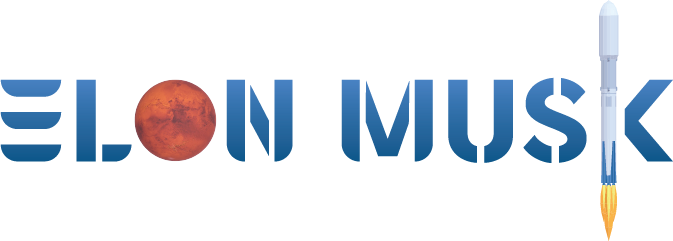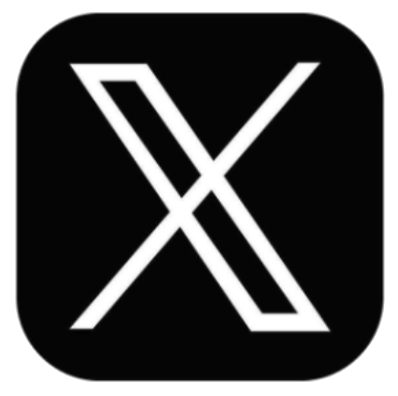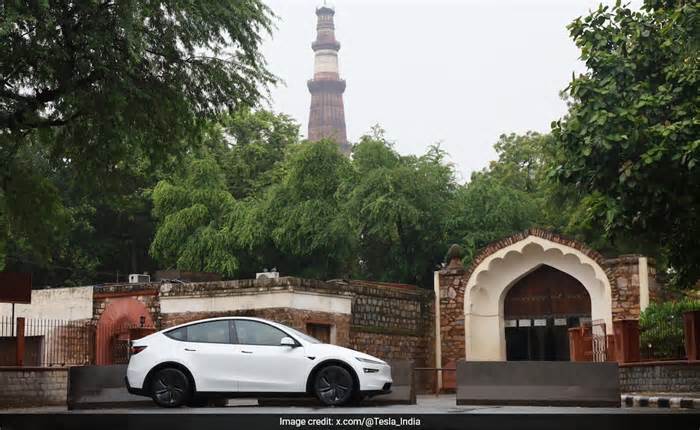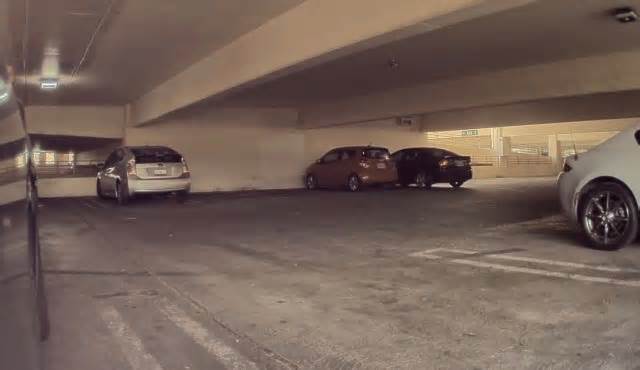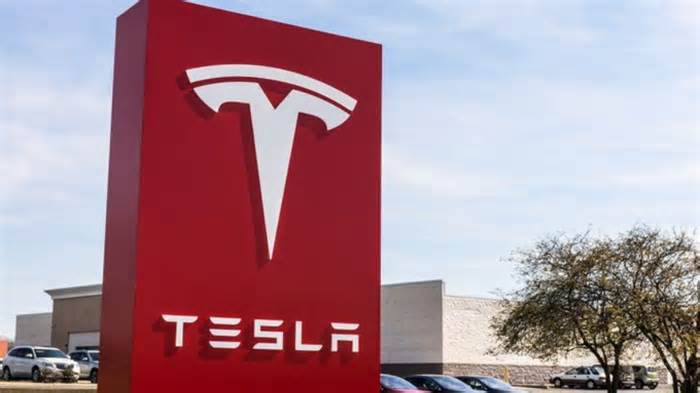
Starlink is transforming Pacific internet access – but in some ...
- by The Conversation
- Jun 09, 2025
- 0 Comments
- 0 Likes Flag 0 Of 5

Print article
In the past few years, Starlink’s satellite internet service has become available across much of the Pacific. This has created new challenges for regulators in Pacific Island countries: some have promoted Starlink while others have banned it.
What is Starlink?
Elon Musk founded the space technology company SpaceX in 2002, and owns about 44% of it.
Among other projects, SpaceX has launched thousands of satellites into low-Earth orbit, where they circle the globe and enable internet connectivity at ground level. This service is offered through Starlink, a subsidiary of SpaceX.
The first satellites were launched in 2019. Later the same year, Musk demonstrated the use of Starlink internet.
It took a few years for access to be available in the Pacific region. The first known use was in Tonga in 2022, after a volcanic eruption and tsunami.
Starlink was first used in the Pacific after a volcanic eruption and tsunami disrupted Tonga’s internet access in 2022.
Royal Australian Navy via AP
Satellite internet in the Pacific
Starlink is not the only company offering internet access via satellite technology. However, it is well known and has generated much interest in the Pacific.
Other companies use satellites in low-Earth orbit, such as OneWeb. Another consumer offering comes from Kacific, which provides internet access via a geostationary satellite high above the Pacific. This type of satellite moves at the same speed as Earth spins, so it appears to stay in the same place from ground level.
Starlink access is available in many of the 18 member countries of the Pacific Islands Forum, such as Fiji, Tonga and Vanuatu. In several of those, there are both resellers and retailers.
Authorised resellers can sell Starlink products and services, meaning customers can buy Starlink kits and pay their monthly Starlink charges through these companies. Authorised retailers can only sell Starlink equipment.
Gateways and barriers
Nauru and Kosrae (a state in the Federated States of Micronesia) have recently launched more powerful Starlink connections called community gateways to improve internet access for their communities.
Nauru’s gateway, reportedly the first in the Pacific, went live in December 2024. Kosrae’s followed in February 2025.
In Niue, the government has banned the use of Starlink, warning users of fines or imprisonment for unauthorised use. Satellite provider Kacific continues to operate legally on the island.
In Papua New Guinea, Starlink licensing is before the courts.
Education and disasters
Remote schools across Fiji and Solomon Islands are using Starlink services to improve connectivity in the hope it will enable access to online learning and digital resources. In Fiji, six rural schools now have internet access.
In Malaita, in the Solomon Islands, Starlink is being used in classrooms, funded and supported by an initiative to make education more accessible. Kacific’s satellite internet service has also been used to connect schools in the Pacific.
Starlink has been used for disaster communications. It is proving to be a crucial backup for undersea cables, which are vulnerable to natural disasters and service disruptions.
After an earthquake in 2024, Starlink provided internet access in Vanuatu.
Michael Thomson/EPA
Immediately after a 7.3 magnitude earthquake struck Vanuatu on December 17 2024, causing an outage of the country’s sole submarine cable, Starlink was used to maintain communication. As traditional internet services failed, more than 300 Starlink units were quickly deployed, restoring connectivity for residents, businesses and emergency services.
Fast-moving change
Please first to comment
Related Post
Stay Connected
Tweets by elonmuskTo get the latest tweets please make sure you are logged in on X on this browser.
Sponsored
Popular Post
Sam Altman's OpenAI Takes On Elon Musk's Grok in AI Chess Tournament Final - Who Won?
28 ViewsAug 09 ,2025




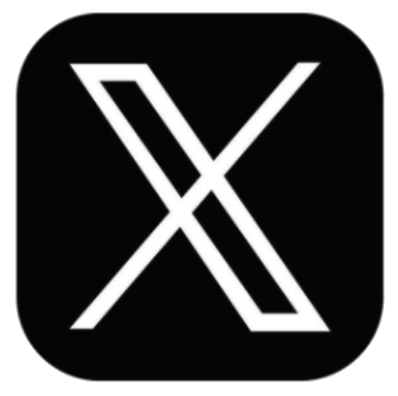

 Energy
Energy